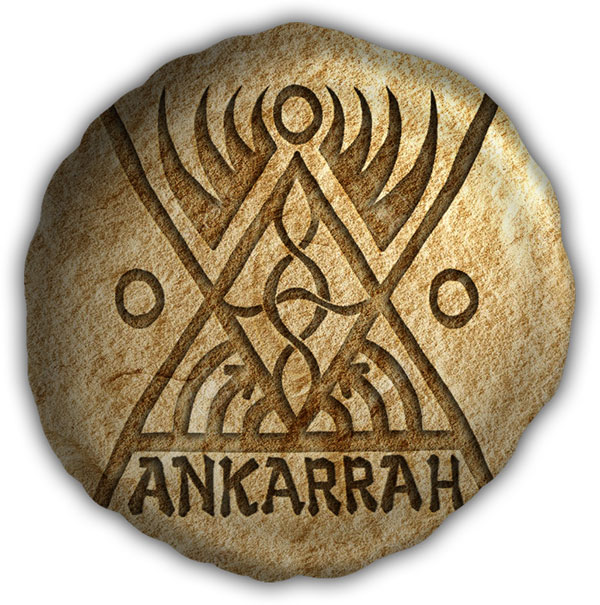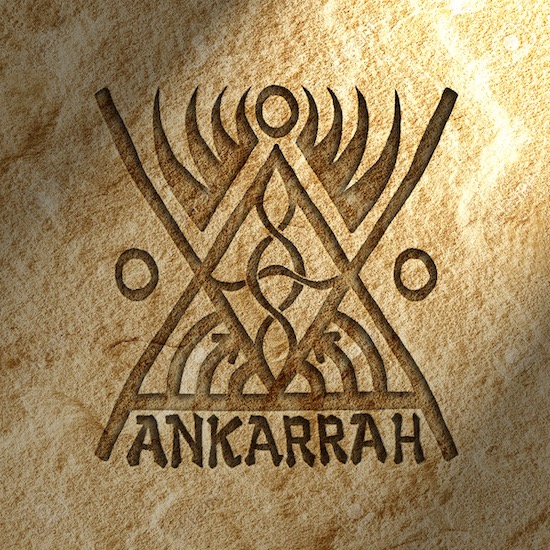
In all types of healing modalities, the practitioner is not controlling the other individual. The healer is not singularly healing the other person.
Even in conventional medicine, for example, the physician isn’t actually healing the patient. The individual is healing himself or herself—but the physician participates with them.
As an example, an afflicted person seeks out the help and participation of the healer, the physician, to heal them. The physician then uses their method (any procedure) and the patient engages it in their own healing action. The physician has provided their contribution to the healing process.
Generally, the physician acts first, and then comes the healing process—which is what the individual does after the physician has engaged their participation.
The afflicted individual will either accept the modality and create a successful implementation of the healing or not.
What is happening within energy is that the individual themself is generating the affectingness. They are actually creating whether the procedure is successful or not successful.
Ankarrah is unique because both parties are intentionally working together in a different capacity than how other healing modalities typically do. They are working together in every step—practitioners are actively involved in every step. Even in activating and applying Ankarrah symbols for an individual, practitioners are not generating that action alone.
With the Ankarrah system, the affected individual comes to the practitioner in the same manner that they would with a physician. It is not, however, a situation in which the procedure is merely engaged. It is rather an actively involved healing process. The individual comes to the practitioner who is then participating with the individual in this healing process from the beginning to the completion.
Interconnectedness is essential because Ankarrah is entirely based and reliant on that principle. It is a dual system requiring both the healer and the recipient’s cooperation.
Therefore, it will either be successful within that interconnectedness—with that participation of both parties from the beginning—or it won’t be successful. And if isn’t, the reason has to do with the patient not genuinely trusting and allowing the participation of the practitioner and the method.


